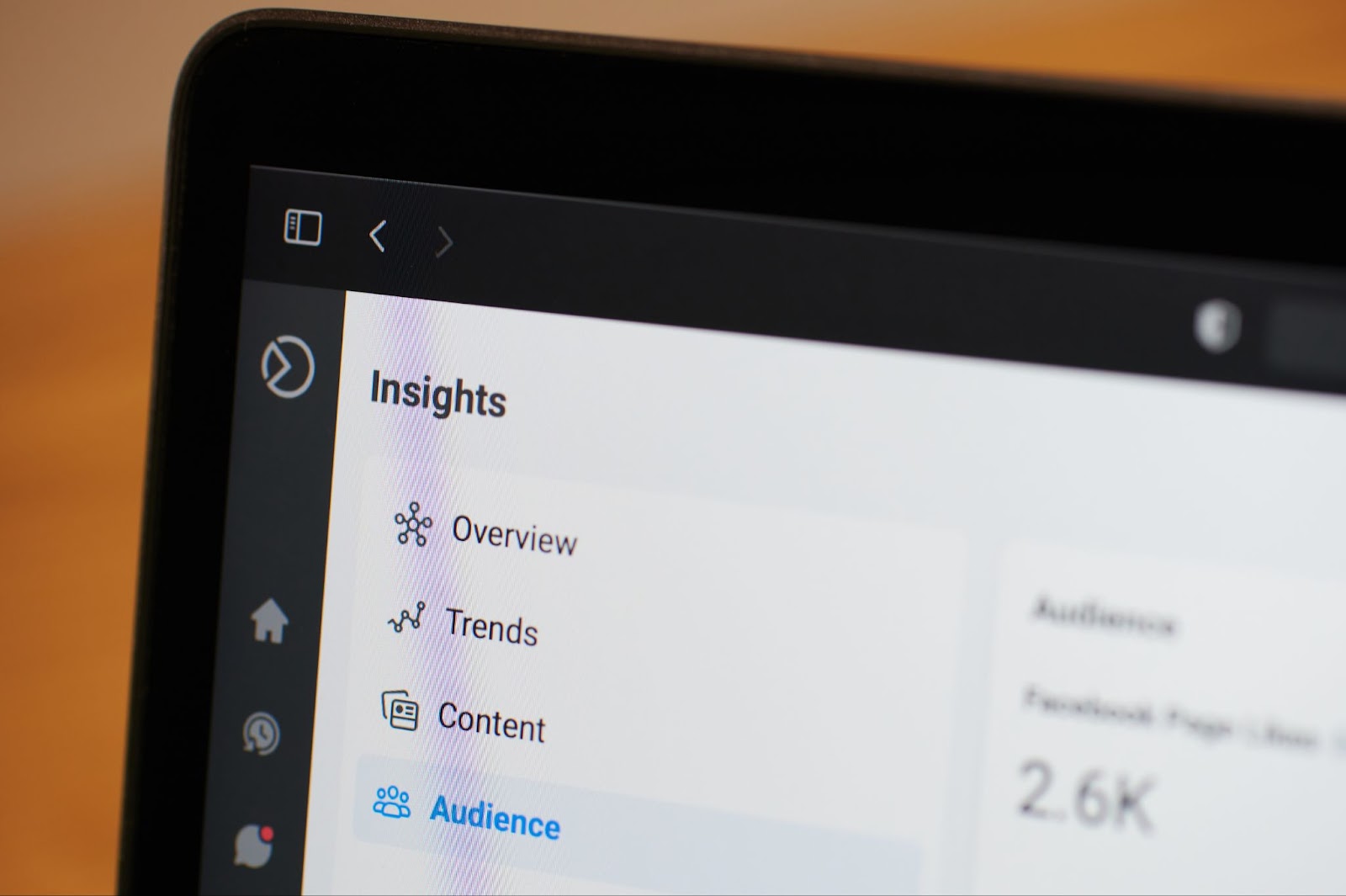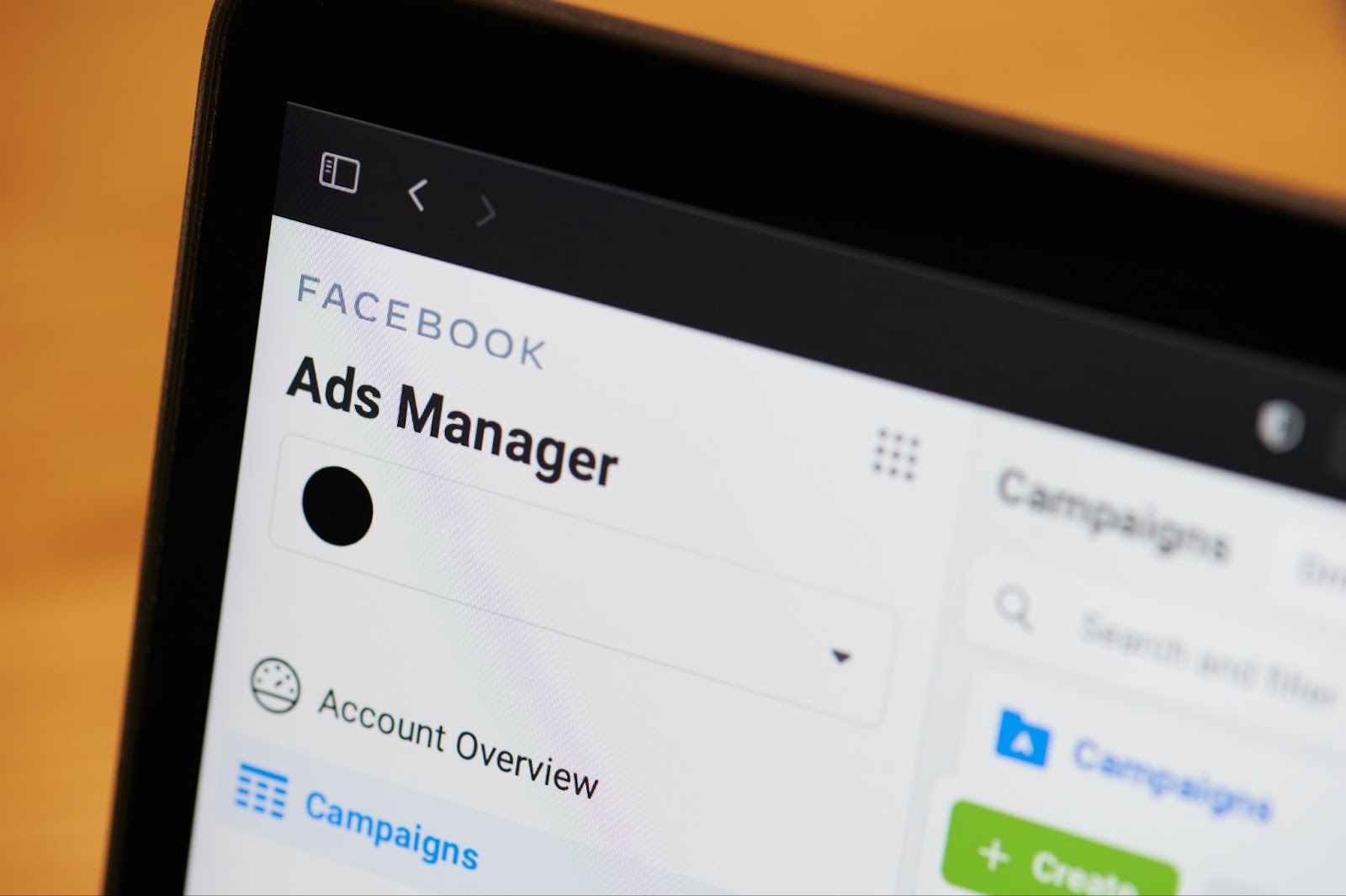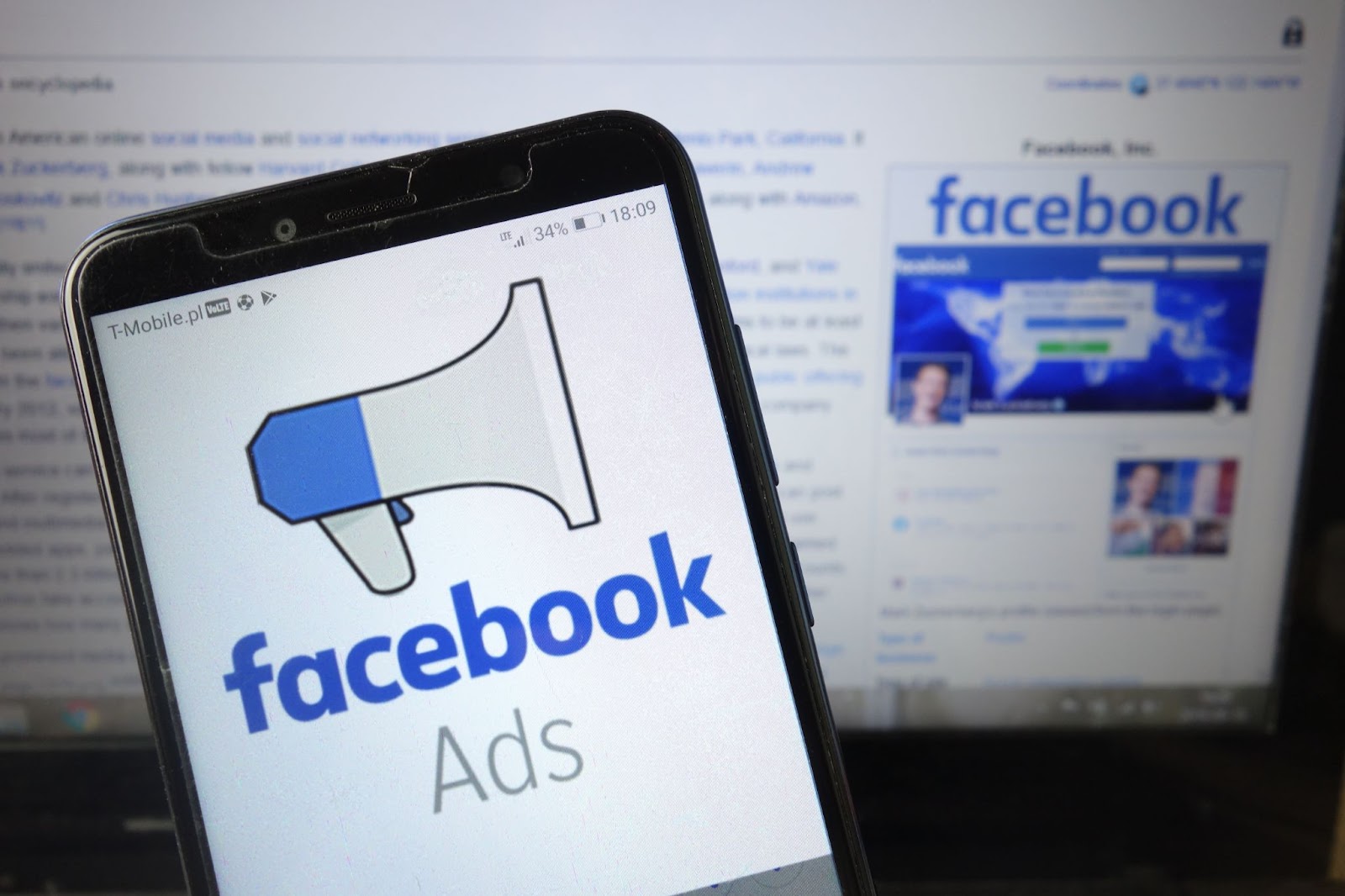Facebook Ads offer businesses a powerful way to reach the right audience and drive engagement. With billions of active users, the platform delivers unmatched potential for brand awareness and conversions — but only when used strategically.
Many businesses waste ad spend by making avoidable mistakes. Poor targeting, weak creatives, and ineffective bidding lead to low engagement and high costs. Failing to track conversions or align ads with landing pages further weakens performance.
This blog covers the most common Facebook Ad mistakes that hurt campaign success. By identifying these pitfalls and applying best practices, you can optimize ad performance, maximize budget efficiency, and boost conversions.
Whether you’re launching your first campaign or refining your advertising strategy, avoiding these missteps will help you achieve better results.
1 – Targeting the wrong audience
Your Facebook Ads succeed when they reach the right people. Targeting too broadly wastes ad spend on uninterested users, while overly narrow targeting limits reach and conversions. Striking the right balance ensures your ads connect with engaged, high-intent prospects.
Segmenting audiences by interests, behaviors, and past interactions improves relevance. Retarget website visitors, email subscribers, and past buyers to increase conversions. Lookalike audiences help expand reach by identifying users similar to your best customers.
Refine targeting through Facebook’s Audience Insights, test different segments, and exclude irrelevant groups. Continuously optimizing your audience selection boosts engagement, maximizes ad spend, and drives better results.
2 – Ignoring ad creative quality
Weak visuals and dull copy won’t capture attention in Facebook’s crowded ad space. High-quality images, engaging videos, and compelling messaging make ads stand out and drive action.
Crisp visuals, well-lit product shots, and bold graphics instantly grab users. Short-form videos work especially well, delivering key messages quickly. Strong, benefit-driven headlines and concise copy keep engagement high. Focus on how your product solves a problem and use clear CTAs like “Shop Now” or “Claim Your Offer” to direct action.
Align your visuals and messaging with audience expectations. A fitness ad should feature dynamic workout clips, while a fashion brand might highlight trending styles. Regularly test and update creatives to keep ads fresh, engaging, and compliant with Facebook’s policies.
3 – Overlooking ad placement optimization
Letting Facebook automatically place your ads can drain your budget on low-performing spots. Not every placement works for every campaign, so refining your advertising strategy is key.
Manually selecting placements gives you control over where your ads appear. Instagram Stories may drive more engagement with immersive visuals, while Facebook’s News Feed works better for in-depth content. Testing different placements helps identify where your audience responds best.
Analyze click-through and conversion rates in Facebook Ads Manager to shift budgets toward high-performing placements. Regularly adjust your strategy to maximize reach, engagement, and ROI.
4 – Not testing and optimizing ads
Failing to test and optimize Facebook ads leads to wasted budget and poor performance. Businesses that run the same ad without adjustments miss opportunities to improve engagement and conversions. Regular A/B testing helps identify the most effective elements, such as headlines, visuals, and calls to action (CTAs).
A/B testing allows marketers to compare different versions of an ad to see which one resonates most with their audience. Testing variations of headlines can determine whether urgency, curiosity, or a value-driven approach generates higher click-through rates.
Experimenting with different images or videos helps find the most compelling visual that grabs attention. Adjusting CTAs, such as “Shop Now” versus “Get Your Discount,” reveals what drives more conversions.
Analyzing performance metrics in Facebook Ads Manager helps businesses make data-driven decisions. Metrics like CTR, conversion rates, and cost per result indicate whether an ad needs adjustments. If an ad receives high impressions but low engagement, changing the creative or targeting can improve results.
Continuous optimization ensures ads stay effective. Refreshing creatives, adjusting targeting, and reallocating budget based on data insights help businesses maximize return on investment. Without testing and optimization, ads lose impact, leading to higher costs and lower results.
5 – Ignoring audience fatigue and ad frequency
Showing the same Facebook ad too often reduces engagement and increases costs. When users repeatedly see the same ad, they lose interest, ignore it, or even hide it from their feed. High ad frequency without variation signals the need for adjustments to maintain effectiveness.
Businesses should track ad frequency in Facebook Ads Manager and prevent oversaturation. When the frequency score rises above three to five, engagement often drops. Setting frequency caps limits exposure and keeps ads fresh for the target audience.
Refreshing ad creatives prevents stagnation. Businesses should rotate images, videos, and copy regularly to maintain audience interest. Testing different CTAs, promotional messages, and storytelling approaches keeps engagement high.
Segmenting audiences based on engagement levels ensures relevant ad delivery. First-time viewers may respond well to brand awareness ads, while repeat visitors may need retargeting ads with a stronger incentive. Customizing messaging for each segment prevents ad fatigue and improves response rates.
6 – Failing to track and measure conversions

Businesses lose valuable insights and waste ad spend when they neglect conversion tracking. Without proper tracking, they struggle to identify which ads drive real results, making optimization nearly impossible.
Facebook Pixel tracks user actions, helping businesses understand how ads influence behavior. By installing the pixel, businesses can monitor website visits, product views, and completed purchases. These insights allow them to refine targeting, measure ROI, and retarget potential customers effectively.
Failing to track conversions distorts performance analysis. Relying only on clicks or impressions leads businesses to misinterpret success, often causing budget misallocation. Proper tracking ensures marketing dollars go toward campaigns that generate actual sales, leads, or sign-ups.
How to set up Facebook Pixel for conversion tracking:
- Install Facebook Pixel: Go to Events Manager in Facebook Business Suite, create a new pixel, and add the pixel code to your website’s header or use a platform integration like Shopify or WordPress.
- Define conversion events: Set up key actions to track, such as purchases, form submissions, or product views. Use Facebook’s standard events or create custom ones based on business goals.
- Verify tracking accuracy: Use Facebook’s Pixel Helper Chrome extension or Events Manager to check if the pixel fires correctly. Run test conversions to confirm data accuracy.
- Optimize based on data: Analyze conversions in Ads Manager, adjust bidding strategies, improve ad creatives, and refine audience targeting to boost performance.
7 – Using ineffective bidding strategies
Selecting the wrong bidding strategy wastes ad spend and reduces campaign effectiveness. Some businesses overspend without generating meaningful conversions, while others bid too low and fail to reach their target audience. Understanding Facebook’s bidding system helps businesses maximize their budget and achieve better results.
Facebook offers different bid strategies based on campaign objectives. Lowest-cost bidding maximizes results within a set budget but lacks cost control. Target cost bidding maintains stable costs by setting a fixed bid amount, ensuring predictable spending but limiting flexibility.
To optimize ad spend, businesses must align their bidding strategy with their goals. Low-cost bidding works well for brand awareness and traffic campaigns, while target-cost bidding helps maintain consistent conversion costs.
Businesses should test different bidding methods, analyze key metrics like cost per acquisition (CPA) and return on ad spend (ROAS), and adjust bids based on performance data. Refining bid strategies ensure efficient spending, lower acquisition costs, and drive better campaign results.
8 – Not aligning ads with landing pages
Inconsistent messaging between ads and landing pages confuses customers and increases bounce rates. When users click an ad expecting a specific offer and land on an unrelated page, they lose trust and leave without converting. Businesses must ensure that landing pages reflect the headline, visuals, and call-to-action (CTA) from the ad to create a seamless experience.
A well-optimized landing page should immediately highlight the same offer, product, or promotion featured in the ad. If an ad promotes a limited-time discount, the landing page should display the same pricing and an easy-to-find CTA. Businesses should also improve page speed, mobile responsiveness, and form length to reduce friction in the conversion process.
To increase conversions, businesses must A/B test different landing page elements, such as copy, layout, and CTA placement. Tracking user behavior with heatmaps and analytics reveals where visitors drop off, allowing businesses to refine the page for better engagement. Aligning ads with landing pages strengthens the customer journey, boosts trust, and maximizes return on ad spend.
9 – Violating Facebook’s ad policies
Businesses risk ad disapproval, reduced reach, or account restrictions when they ignore Facebook’s ad policies. Many advertisers violate guidelines by making misleading claims, using restricted content, or targeting audiences improperly.
Exaggerating results, displaying before-and-after images, or promoting regulated products without proper disclosures often lead to ad rejection.
To stay compliant, businesses must review Facebook’s Ad Policy Hub before launching campaigns. Understanding content restrictions, targeting limitations, and prohibited language prevents costly mistakes. Ads should use transparent messaging, policy-compliant visuals, and accurate claims to ensure approval.
When Facebook rejects an ad, businesses should review the rejection reason, adjust the content, and resubmit through Facebook’s Ad Review Request. Regularly monitoring policy updates, testing ad variations, and ensuring compliance help businesses maintain ad performance and avoid penalties.

Craft successful Facebook Ads with Revity Marketing Agency
Revity Marketing Agency specializes in data-driven Facebook ad strategies that eliminate wasted spend and deliver measurable results. Our team optimizes audience segmentation, enhances ad creatives, and continuously refines campaigns to ensure peak performance.
Whether you need help with ad placement, conversion tracking, or compliance, Revity provides expert solutions tailored to your business goals.
Let us help you turn underperforming ads into high-converting campaigns. Contact Revity today to elevate your Facebook advertising strategy and achieve the best ROI possible!







